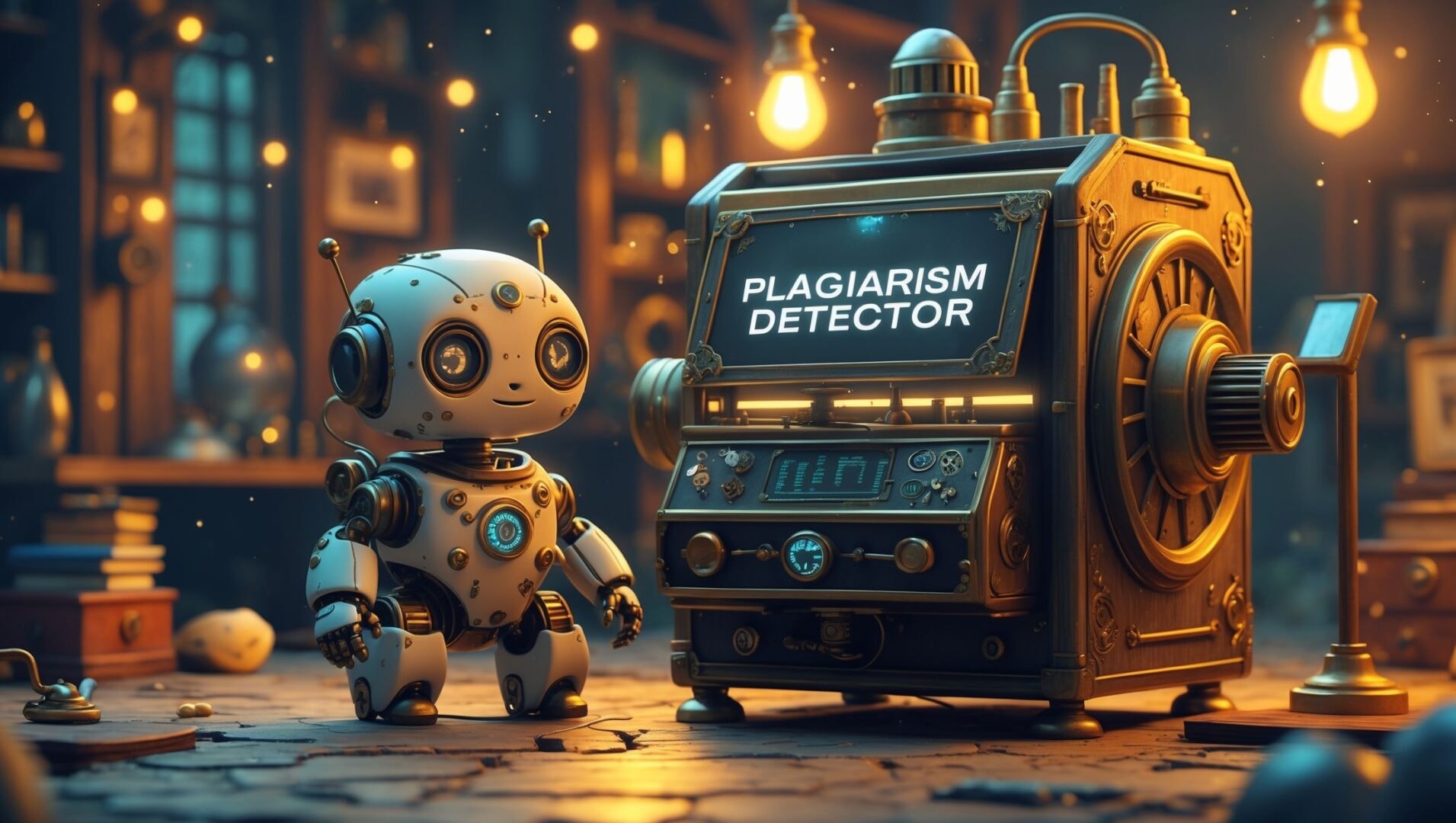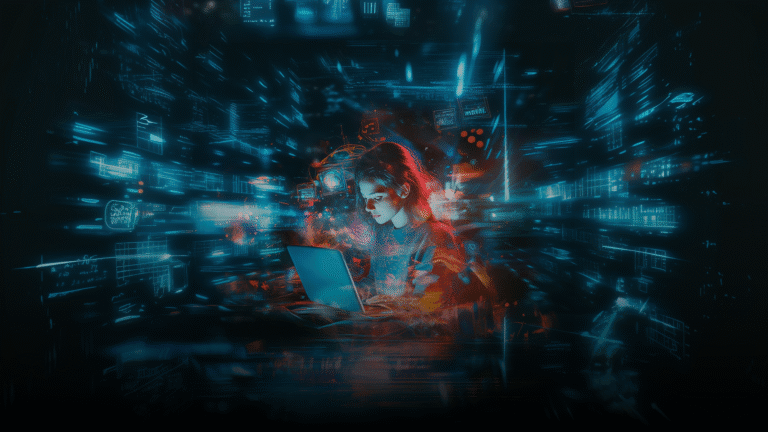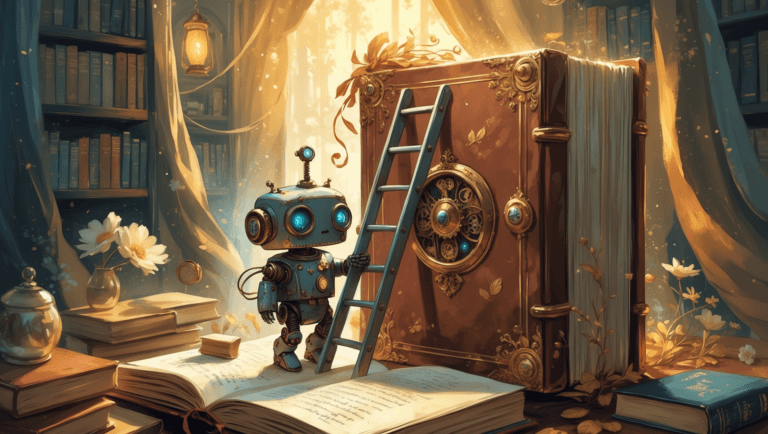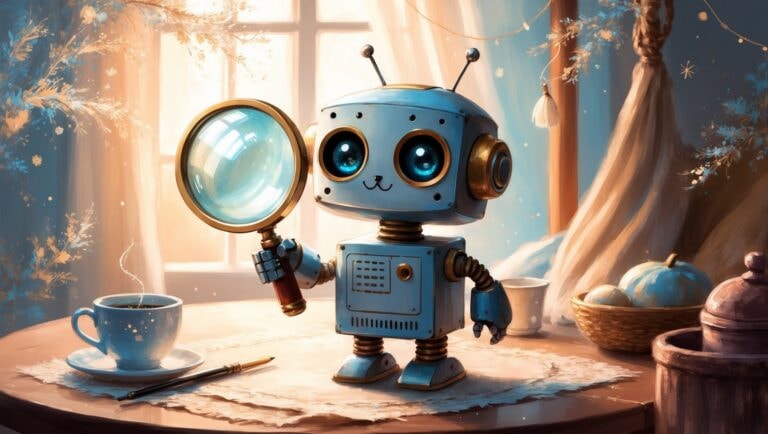
AI Plagiarism: Why It Is Important to Check
In the world of writing, originality is everything. But what happens when plagiarism sneaks into your work? All the consequences depend on the field: you can destroy a professional reputation, mark your academic words as unreliable or face legal action.
No one wants any of them. So, be prepared to get answers on: What is plagiarism? How to identify it? Does a plagiarism checker detect AI?
What Counts as Plagiarism?
Plagiarism is when you use someone else’s work, ideas or writing and present it as your own. This can mean copying text directly, paraphrasing without giving credit where it’s due, or not properly attributing the source. There are 2 forms of plagiarism.
Intentional plagiarism is when someone knows they’re ripping off someone else’s work and not giving them credit for it. For example, students might copy a source or have someone else write a paper for them, then claim it as their own.
On the other hand, accidental plagiarism occurs when someone unintentionally fails to cite sources properly. This could happen if they don’t know how to cite things properly or forget to use quotation marks.
Why Originality Matters: The High Costs of Plagiarism
Every time you use someone else’s ideas, you might just hope you won’t get caught. But in reality, plagiarism can have serious consequences that affect your credibility, reputation and even your career.
- Damage to Reputation
Once people realize you’re not creating your content, they may stop trusting you or your work. So, if you want to be known as a professional, always check your content with an AI plagiarism checker. - Academic Consequences
For students, plagiarism can result in harsh penalties, including failing grades, suspension, or even expulsion. Schools and universities have strict rules about academic honesty, and plagiarism can lead to disciplinary actions that impact your future. - Legal Ramifications
Copying someone’s work without permission can lead to copyright infringement claims. A famous example is the case of Alex Haley, a Pulitzer Prize-winning author best known for his novel Roots. In 1977, Haley was accused of plagiarizing parts of Harold Courlander’s book The African for his novel Roots. After a five-week trial, the case was settled out of court for $650,000 (equivalent to more than $2 million today), and Haley publicly acknowledged that parts of The African were indeed used in Roots. - Loss of Creativity and Learning
If you always rely on other people’s work instead of coming up with your ideas, you’ll never get the chance to develop your creativity and critical thinking skills. Plagiarism will stop you from growing as a writer and thinker, and you won’t learn how to express your thoughts. - Harm to Others’ Work
Plagiarism doesn’t only affect you — it harms the original creator as well. When you copy someone else’s writing or ideas, you’re taking credit for their hard work. It can make the effort and creativity that went into creating the original content seem less valuable.
Plagiarism might seem like a quick fix, but it’s got more downsides than upsides. The best approach is always to create original content and properly attribute others’ work when necessary.
How Unique Is AI-Generated Text?
Thanks to some super-advanced algorithms, AI can now produce content that copies human writing styles and creates original pieces based on what you give it as a prompt.
But how unique the text is depends a lot on the system behind it and the data it uses. Some AI tools might create content that’s really similar to other works because they’re trained on huge datasets.
Talefy is one of them. You can be sure that all stories, heroes and worlds generated by Talefy are original even without plagiarism AI checker. It’s different from other AI tools because it can come up with fresh plots and characters that are tailored to the user’s preferences.
With a mix of advanced algorithms and a user-friendly interface, Talefy lets you create highly personalised, interactive stories that stand out from the crowd.
How it works?
- Register on the Platform – Sign up to gain access to a world of AI-generated stories and interactive games.
- Create Your Own Story – Customize your story by naming it, designing characters, and selecting genres and settings.
- AI Generates Your Story – Talefy’s AI creates a unique, tailor-made story based on your inputs.
- Explore Pre-Created Stories – Browse through a wide range of AI-generated stories in various genres like adventure, romance, and sci-fi.
- Interact with the Story – As you read, make choices that affect the storyline and personalize your experience.
Talefy’s got some really powerful AI that makes for a super immersive and creative experience. Every plot is fresh, and every character is uniquely developed, so you’re guaranteed to be engaged and the storytelling will always feel original even if you use plagiarism and AI checker.
Plagiarism Checker AI: How to Choose the Working One
How can you avoid plagiarism or catch it before it’s too late? Fortunately, there are several free tools for AI detection and plagiarism checkers that can help. But remember, to truly safeguard your work, it’s best to combine these tools for comprehensive protection.
Use Plagiarism Checkers
The best and most reliable way of spotting plagiarism is to use a tool designed specifically for the job. These platforms and apps compare your text against a huge database of published works to spot copied content. Some popular tools out there are:
- Turnitin: Commonly used in academic settings, Turnitin compares your content against a massive database of academic papers, articles, and other content.
- PlagScan: Similar to Turnitin, PlagScan offers plagiarism detection by comparing your work to other published content.
- Copyleaks: This plagiarism checker uses machine learning algorithms to find similarities in text.
AI Checker Plagiarism
If you want to detect AI-generated content, you can use AI text detectors.
How does an AI plagiarism checker work? These tools are designed to identify whether a piece of text was created by a machine. They spot the linguistic patterns and structures that are often used in AI-generated text.
For example, AI writing tools might use certain phrases too much, present ideas in a rigid order, or lack the deep, nuanced thought that you find in human writing.
Most AI generator plagiarism checkers use machine learning to continually improve their detection capabilities. They learn from large datasets of human-written and AI-generated content to refine their ability to spot AI-created text. This makes them more effective over time.
Here are some of the best ones out there:
- GPT-2 Output Detector: This AI rewriter and plagiarism checker is designed to check for AI-generated content, especially from models like GPT-2.
- GPTZero and ZeroGPT: These detectors check for characteristics of AI language models like ChatGPT, with varied success depending on the text.
- Writefull’s GPT Detector: It scans for patterns typically used by GPT models to generate text.
- QuillBot: This tool is excellent as an AI detector plagiarism checker and ensures that your work is original.
Check for Unusual or Repetitive Phrases
AI-generated text may contain repetitive phrases, odd sentence structures, or patterns that human writers typically avoid. If you notice such patterns in a document, it may have been generated by an AI tool.
Verify Information Accuracy
Sometimes AI tools generate content that sounds authoritative but contains factual inaccuracies. So, just checking the text for any wrong or suspicious facts is a good way to see if AI is involved. If certain information doesn’t match up with reliable sources, that’s a red flag.
Manual Search for Copying
If you’re worried that someone might’ve nicked the text from somewhere else, just pick a sentence or phrase and search it in quotation marks on Google. This will show if the exact words exist anywhere else online.
How to Fix Plagiarism in Your Text
Here are some simple and effective tips to help you avoid plagiarism when you’re writing:
- If you spot plagiarism in your text, take the time to rewrite it in your own words. Paraphrasing is a great way to avoid plagiarism while still conveying the original idea. Make sure the new version reflects your unique style and voice. Some AI-based plagiarism checkers (like QuillBot) offer paraphrasing.
- Before you hit ‘send’ or ‘publish’ on that text, run it through an AI content plagiarism checker. That way, you can avoid any unintentional copying or similarities with other sources, and make any adjustments before it becomes a problem.
- If you’ve used someone else’s ideas, data, or quotes, always provide proper citations. This shows respect for the original author and avoids plagiarism. Use the correct citation style (e.g., APA, MLA, Chicago) based on the type of content you’re writing.
- Throw in your own thoughts and analysis to make your content more original. This will reduce the chances of plagiarism and make your writing more engaging and unique.
Last Thoughts
It’s really important to avoid plagiarism if you want to produce content that’s seen as authentic and respected. Make sure you always properly attribute sources, rework borrowed ideas and use plagiarism checkers.



